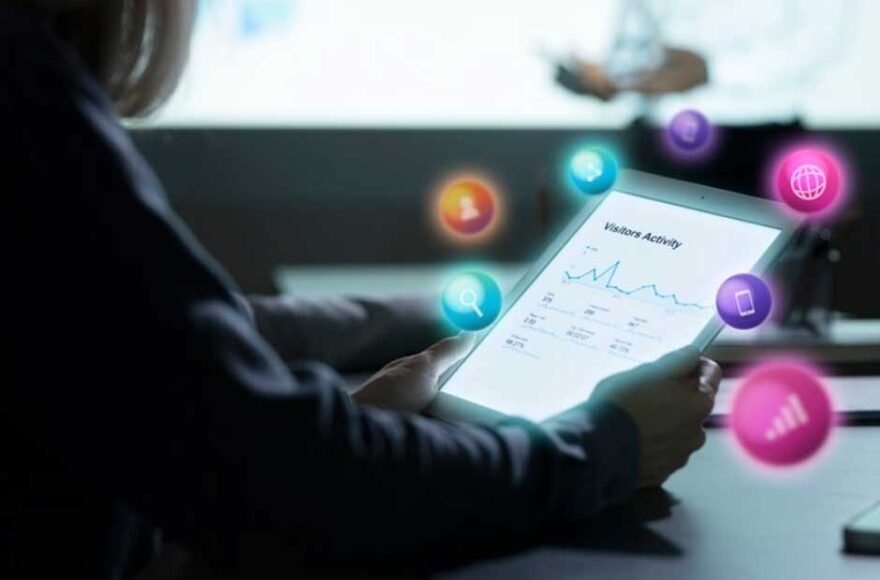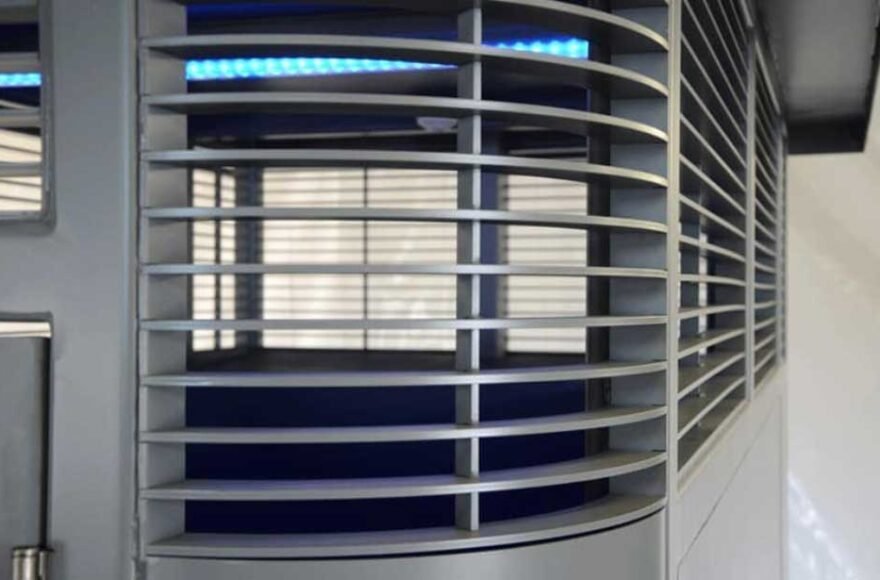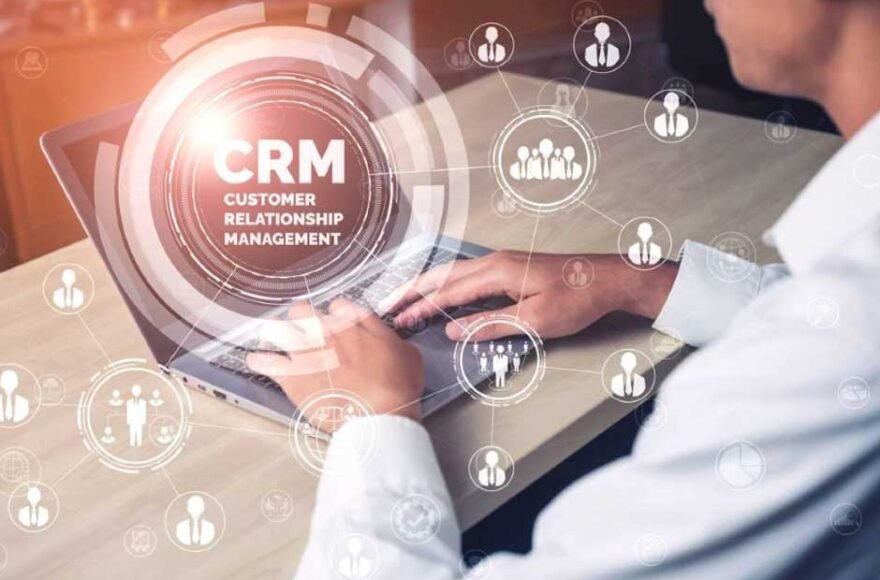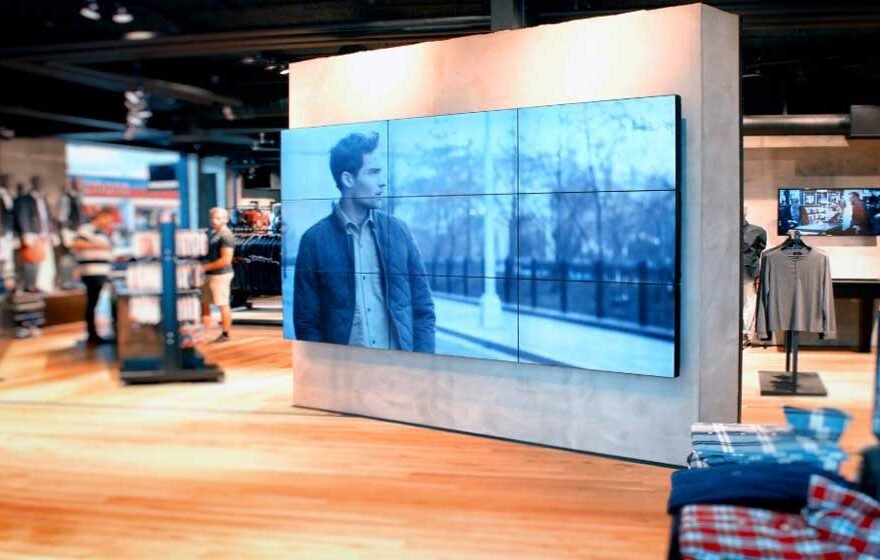Face Authentication – A Massive Proliferation of the Technology
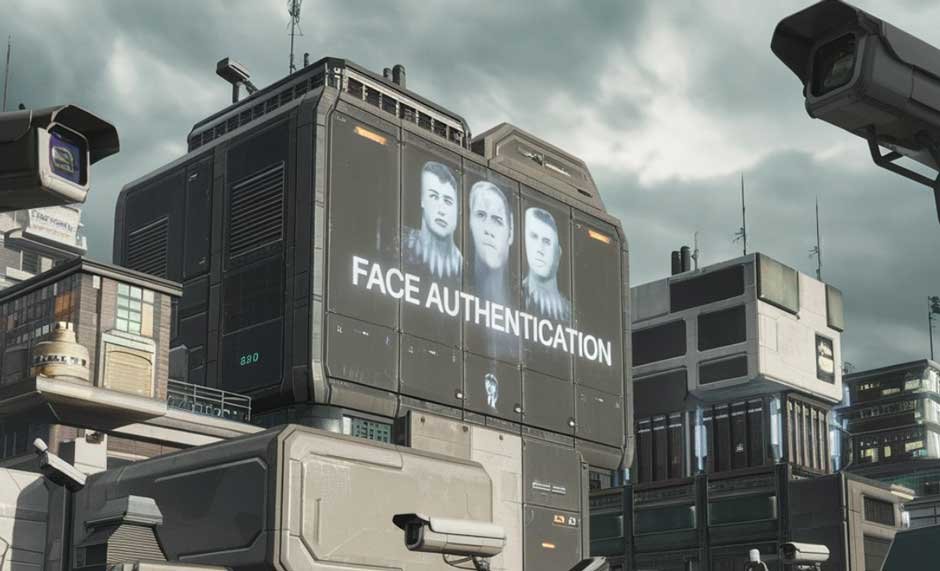
Systems like face authentication are powered by biometric technology, which is used to confirm that an individual is who they claim to be. The approach is based on comparing the present image of the same person with live photos and recordings of their face. However, this comparison guarantees that the person attempting to obtain access or verify that their identity matches the existing template. Online face verification is also becoming more and more popular as a way to unlock devices and gain access to secure apps. Furthermore, it confirms the legitimacy of Internet transactions.
Stages Involved in the Process
Face authentication uses the 1:n comparison with the recognized face database and is 1:1 compared to facial recognition. The user uses facial authentication as a primary credential to save the digital account. All you need to be a user is a created biometric template, a selfie for authentication, and a comparison with the stored template. In the background, a suitable match completes the safe authentication procedure. The fundamental stages involved in online face authentication are:
- The user’s official identification card must be shown. It could be a driver’s license or a passport.
- To make sure the ID document is from the actual person who submitted it, the identity verification system allows the user to save a selfie that looks similar to the image on the document. Since scammers typically don’t utilize their photos and submit them to the institution they are trying to defraud, this is the most crucial step in identifying them.
- A step in the selfie-taking process called “liveness detection” verifies that the user is present for the exchange. This procedure is used to monitor the growing number of fraud cases in order to improve spoofing assaults that use someone’s image or video.
- Similar to a face signature, a biometric template is created during the liveness detection and selfie-taking process. The client records the individual’s unique signature or template for the authentication events.
- Users give the login credentials after passing the company’s examination.
- The user will be asked to take another selfie to execute a high-risk transaction after completing the previously described steps. After comparing the new biometric template with the one that was used for the first enrollment, it is simple to determine if there is a match or not in a matter of seconds.
- The new biometric template is then matched with all subsequent face maps alongside the original face map to enhance reliability and verification accuracy.
Role in Preventing Theft
One of the main issues faced by many companies nowadays is identity theft. Cybercriminals are always coming up with new ways to take advantage of the system and steal personal data. Thus, the best way to make the firm safer than ever is to use a biometric facial authentication system. When registering users with any platform, biometric data uses distinct facial expressions that are hard to replace, making the procedure completely different from using standard passwords, which are simple to steal. It protects the login history and transactions. In this manner, users can verify whether or not hackers gained access to their accounts.
What are the Possible Ways to Improve the Face Authentication Process?
- Choose the real face recognition system that best suits the requirements, such as security and a solid reputation. To verify the robust security, look for a system with a low acceptance rate and good accuracy.
- The enhancement can be greatly increased by regularly or continuously updating the facial authentication system with cutting-edge software and patches. One of the greatest procedures for maintaining system security and gradually enhancing performance is this one.
- Verifying whether the lighting is ideal for facial recognition is a good idea. According to the study, adequate lighting always increases the accuracy of online facial authentication by minimizing shadows.
- For face verification, one can also spend money on top-notch cameras. The face authentication technique is accurate and dependable because the high-resolution cameras capture more details.
- By combining face authentication with additional authentication methods, multi-factor authentication improves security. For example, fingerprint scans or passwords. Additionally, one may argue that multi-factor authentication offers an additional layer of security.
- Another method to enhance the functionality of the face authentication system is to have users constantly re-enroll. This procedure is in charge of timely appearance changes and helps maintain the accuracy and timeliness of the face verification process.
- The system should be updated and improved with time to maintain the accuracy and efficiency of the authentication process.
Conclusion
As technology continues to advance, every user has the opportunity to broaden the scope of its applications and combat fraud. Financial institutions can greatly benefit from this system of authentication to prevent fraud and scams.
